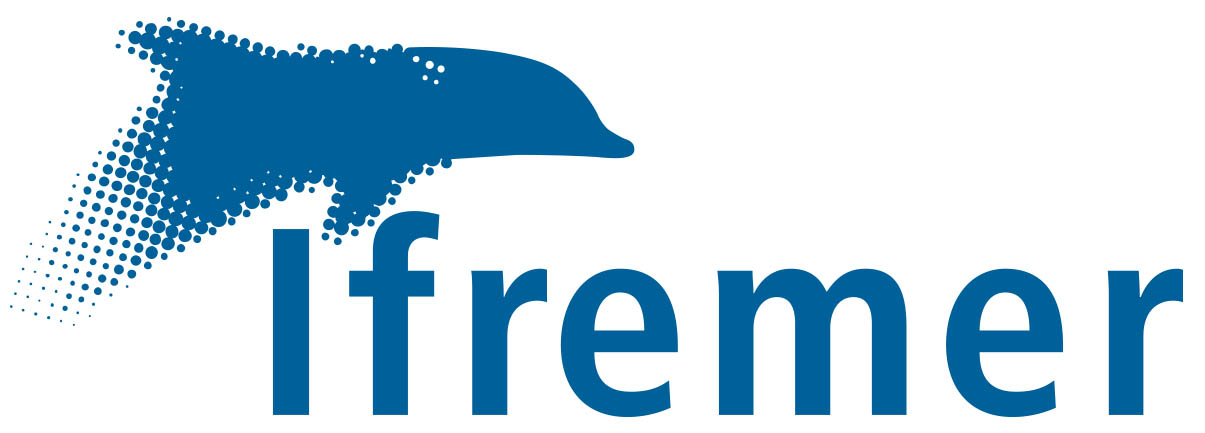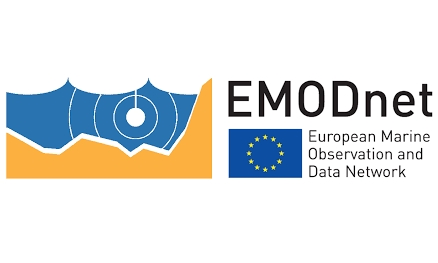/Biological Environment
Type of resources
Available actions
Topics
Keywords
Contact for the resource
Provided by
Years
Representation types
Update frequencies
Scale
-

The Plankton Lifeform Extraction Tool brings together disparate European plankton datasets into a central database from which it extracts abundance time series of plankton functional groups, called “lifeforms”, according to shared biological traits. This tool has been designed to make complex plankton datasets accessible and meaningful for policy, public interest, and scientific discovery. The Plankton Lifeform Extraction Tool currently integrates 155 000 samples, containing over 44 million plankton records, from nine different plankton datasets within UK and European seas, collected between 1924 and 2017. Additional datasets can be added, and time series can be updated.
-
-

The DORIS programme (Data from Observations for the Recognition and Identification of Underwater Fauna and Flora) relies primarily on the network of divers from the Biology and Underwater Environment Commissions coordinated by the CNEBS of the FFESSM (French Federation of Underwater Studies and Sports).
-
-

-

Repository for code and generated data for " Pan-Atlantic 3D distribution model incorporating water column for commercial fish " by Mireia Valle, Eduardo Ramirez-Romero, Leire Ibaibarriaga, Leire Citores, Jose A. Fernandes-Salvador, and Guillem Chust, published in Ecological Modelling journal (2024). Valle, M., E. Ramírez-Romero, L. Ibaibarriaga, L. Citores, J. A. Fernandes-Salvador, and G. Chust. 2024. Pan-Atlantic 3D distribution model incorporating water column for commercial fish. Ecological Modelling 490:110632. https://doi.org/10.1016/j.ecolmodel.2024.110632 External data need to be downloaded to get the environmental data and be able to make predictions over the environmental space. To do so, run all scripts in the _scripts directory in numeric order from the root project directory. SC-GAMs generated in Valle et al. (2024) can be directly build running the script from _scripts/06_SCGAMs directory using the data uploaded to the _data directory of this repository.
-

This is an short tutorial to show how to download OBIS/GBIF occurrence data for multiple species. The code has been written to be used in H2020 Mission Atlantic (No 862428) Project Task 3.4. The tutorial has been developed by Mireia Valle (github profile: MireiaValle, email: mvalle@azti.es) based on original code for sourcing OBIS and GBIF from Guillem Chust (email: gchust@azti.es) and some adaptations from Eduardo Ramirez. Affiliation: AZTI, Marine Research, Basque Research and Technology Alliance (BRTA). Txatxarramendi ugartea z/g, 48395 Sukarrieta - Bizkaia, Spain
-

A short tutorial to show how to standardize Ecotaxa exported data from LOKI output into Darwin Core - following the Biodiversity Information Standards (TDWG) (https://dwc.tdwg.org/). The code has been written to be used in H2020 Mission Atlantic (No 862428) WP2: Data technology and management for IEA/South Brazilian Shelf Case Study The tutorial has been developed by Carolina Reis (github profile: carolinasreis, email: carolinasreis@gmail.com). Affiliation: IEAPM/UFF/VLIZ Biotechnology Division. Arraial do Cabo, Brazil.
-

The Continuous Plankton Recorder (CPR) is a marine sampler that is towed behind volunteer ships of opportunity at speeds of up to ∼20 knots and samples at a depth of ∼7 m below the surface. Plankton have been sampled on routes crossing the North Atlantic and NW European shelf seas using a consistent methodology since 1958. Plankton species abundance counts are included here from 1960-2019. The CPR unit is a metal casing in the shape of a ∼1 m torpedo that houses a roll of silk which automatically rotates using a geared propeller system. The seawater enters the front aperture where plankton and small particles are captured onto the rotating silk, which has a mesh size of 270 µm. This silk is stored in 4 % buffered formalin to preserve the sample until microscopic analysis at the laboratory in Plymouth. The silk is cut into pre-defined sections that represent one sample and equate to 10 nautical miles of tow. Phytoplankton and zooplankton are identified and counted at different stages of the microscopic analysis: semi-quantitative count of phytoplankton across 20 fields of view per sample, quantitative count of all zooplankton >= 2 mm (these are picked off the silk for identification), and semi-quantitative traverse count of all zooplankton 2 mm. For a more in-depth description of the sampling methodology please refer to Richardson et al. (2006). Ostle, C., et al. The Plankton Lifeform Extraction Tool: A digital tool to increase the discoverability and usability of plankton time-series data, Earth Syst. Sci. Data Discuss. https://doi.org/10.5194/essd-2021-171, 2021. The Phytoplankton Colour Index is a record of the colour gradient of the mesh as one of 4 colour categories (0,1,2,6.5) and has been shown to relate to the chlorophyll content of the water, including organisms not visible in the sample (Raitsos et al., 2013, Raitsos, D.E., Walne, A., Lavender, S.J., Licandro, P., Reid, P.C., and Edwards, M. 2013. A 60-year ocean colour data set from the Continuous Plankton Recorder. Journal of Plankton Research, 35(1): 158–164).
-

EMODnet Biology provides three keys services and products to users. 1)The data download toolbox allows users to explore available datasets searching by source, geographical area, and/or time period. Datasets can be narrowed down using a taxonomic criteria, whether by species group (e.g. benthos, fish, algae, pigments) or by both scientific and common name. 2) The data catalogue is the easiest way to access nearly 1000 datasets available through EMODnet Biology. Datasets can be filtered by multiple parameters via the advanced search from taxon, to institute, to geographic region. Each of the resulting datasets then links to a detailed fact sheet containing a link to original data provider, recommended citation, policy and other relevant information. Data Products - EMODnet Biology combines different data from datasets with overlapping geographic scope and produces dynamic maps of selected species abundance. The first products are already available and they focus on species whose data records are most complete and span for a longer term.
 Catalogue PIGMA
Catalogue PIGMA